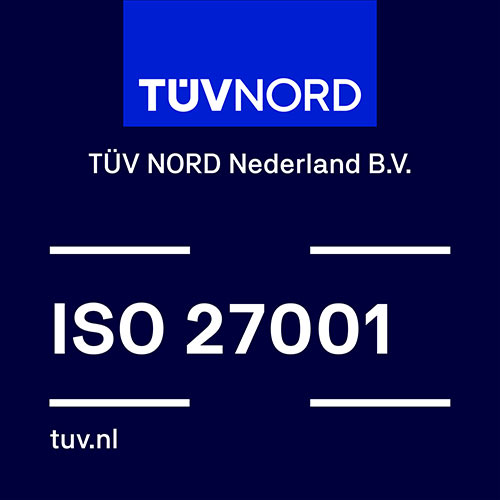When healthcare organization Atlant introduces a new scheduling system and process in early 2019, one of the goals is a better work-life balance for employees. Unfortunately, it does not live up to expectations on that front. The schedule does not match the pattern agreed with employees, and there are too many minus and plus hours. Pipple helps Atlant to have more peace and convenience in the roster system.
In order to improve the work-life balance of her staff, director of housing care welfare Anja Stunnenberg has a thorough capacity analysis carried out. This should be the key to a better lattice system. An approach that suits Atlant, she explains. ‘We are a nursing home that specialises in a number of rare and complex conditions. Research is in our genes.’ The internal project team that will work on it gives them access to a considerable turbo: extra econometricians from pipple’s ranks.
Excel tool for holiday planning
Pipple delivers a first intermediate product: a practical Excel tool for making a holiday planning. It shows where and when gaps are likely to fall. A useful investment, according to Stunnenberg. ‘Holiday planning, for example, is a recurring exercise. Thanks to this tool, we can now do this more easily ourselves.’
Pipple’s visualizations show at a glance how we are doing, and what the consequences are if we change something.
Capacity model for a renewed roster system
The real issue is the roster system for the organization, which has nine branches, 700 residents and more than 1200 employees. The fact that each location uses different shift lengths, with varying start and end times, makes scheduling complex. Stunnenberg has a hypothesis that she has Pipple critically test: what if you make the blocks larger and more uniform? ‘I expect that the staff will get more rest as a result. Moreover, they can make better use of their time because less has to be started up and transferred.’ To calculate the impact of alternative block times, Pipple is developing a capacity model for one of the locations, based on the current capacity and care demand. They do this in close cooperation with the internal project group.
Regular consultations
Getting a reliable model is a matter of trial and error, Stunnenberg knows from experience. She likes the fact that Pipple meticulously takes her along in that search. “We meet every week. They then present their latest findings, models and insights. It strikes me that they don’t take anything for granted. They ask sharp questions about the true meaning behind our data. That way I know they are on the right track and they also keep us on our toes.’
Visualizations that provide insight at a glance
‘Pipple’s visualisations show at a glance how we are doing, and what the consequences are if we change something. This allows me to show colleagues how the new roster system can reduce the workload, while still giving their residents the care they deserve. This will help me with the organizational change that is needed for a good implementation of the new scheduling. Because a picture is worth a thousand words.’

